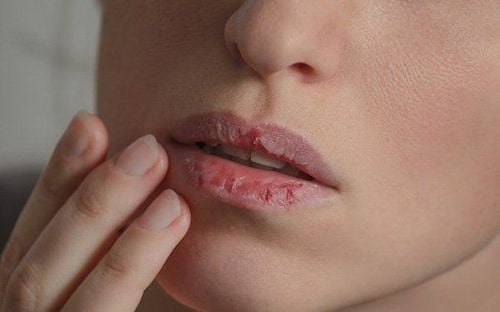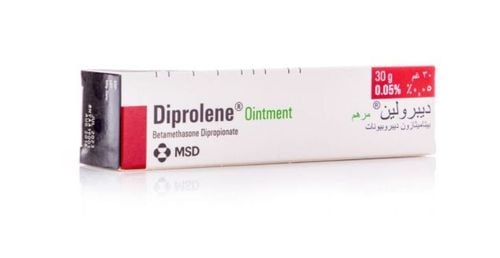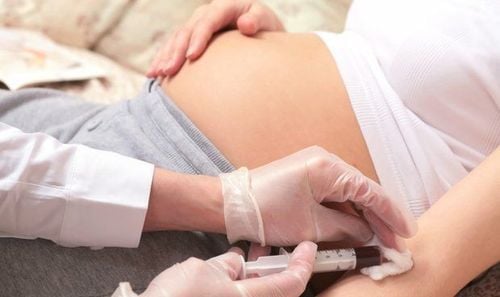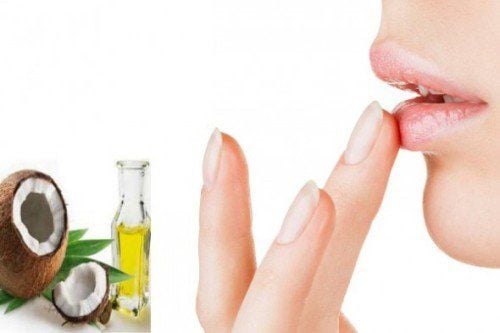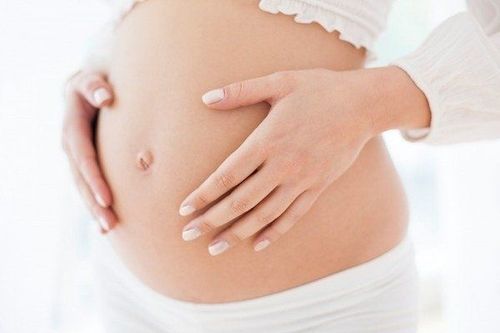This is an automatically translated article.
Angular cheilitis is inflammation in one or both corners of the mouth. Symptoms can range from mild to severe, with only mild discomfort at first, followed by dryness, cracking, and eventually red, swollen lesions.
1. What is angular cheilitis?
Angular cheilitis is a common complaint not only among family doctors but also with many dental clinics and dermatology clinics. This is an infectious cheilitis that occurs on one or both sides of the corner of the mouth.
Manifestations of angular cheilitis are usually erythema, painful cracking, crusting, bleeding, and ulceration at the corners of the mouth. Most cases of angular cheilitis can occur spontaneously but are more common in people who wear dentures or other oral aids in general, who must wear a mask as part of their occupation, and Some young children, especially those without proper dental care, feed at night and use pacifiers.
The etiology of angular cheilitis is controversial. Among them, the most common causative agents are infections and include organisms such as Candida albicans, Staphylococcus aureus, and β-hemolytic streptococci. Clinical observation of lesion progression following antifungal and antibiotic therapy would help to suggest the role of these organisms. In addition, other non-communicable causes include improper use of dentures, abnormal skin folds at the corners of the mouth, contact allergies, nutritional deficiencies, anemia, and dry skin. , salivation and atopic or seborrheic dermatitis. On the other hand, angular cheilitis is also common in HIV-infected patients and those with Down syndrome. At the same time, the incidence of inflammatory lip disease was also increased in children who frequently licked their lips and sucked their thumbs.
2. What are the symptoms of angular cheilitis?
MildIn mild angular cheilitis, the symptoms are not obvious and often go unnoticed. The following are signs that can help identify the early stages of this condition:
Small blistering skin at the corner of the mouth. Stiffness in one or both corners of the mouth. There is slight discomfort when opening the mouth wide Moderate
Moderate angular cheilitis is a stage that can be noticed by everyone. At this point, most people will try to get treatment for their cheilitis when they have the following symptoms:
Noticeable discomfort in one or both sides of the mouth when eating or opening the mouth wide Accumulation of broken skin on one or one of the corners of the mouth Mild redness and/or blisters on the sides of the mouth Severity
Severe angular cheilitis is usually the stage where most people realize they don't have to deal with the condition. chapped lips but with one or more of the following extremely unpleasant symptoms:
Very painful eating, laughing, talking or general mouth movements Severe and painful blisters on one or both The corners of the mouth The edges of the mouth are split, which is difficult to heal
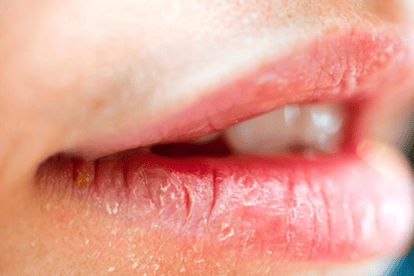
Khi bị viêm môi góc cạnh mức độ nhẹ, các triệu chứng không rõ ràng và thường không được chú ý
3. What is the cause of angular cheilitis?
Prolonged dry mouth, smoking habit is one of the common causes of angular cheilitis.
On the other hand, if the patient has dentures and systemic disorders, it leads to candidal cheilitis, such as:
Iron deficiency Deficiency of B vitamins Have poor absorption status (eg. have Crohn's disease) Zinc deficiency (rare) Immune defects such as Down syndrome, HIV infection, diabetes, cancer and others. At the same time, several factors such as infectious, mechanical, nutritional or immunological may also be involved singly or in combination in the causes of angular cheilitis. If angular cheilitis is chronic, seen in the elderly, it may be due to infection and/or mechanical causes.
Infectious agents in angular cheilitis can be isolated on the lesion, with mainly Candida or staphylococci being isolated. Among them, Candida albicans is the most common type isolated and usually spread by saliva. Oral candidiasis that causes cheilitis is especially common in denture wearers. In addition, Staphylococcus aureus and/or streptococci can also be cultured from the lesions and may colonize the anterior nasal region.
Mechanical factors may also play some role in the pathophysiology of angular cheilitis. As a result of aging, the upper lip protrudes beyond the lower lip at the corners of the mouth, creating a crease that causes an indentation, which over time forms an ulcerative reaction.

Một trong những nguyên nhân gây viêm môi góc cạnh là do thiếu sắt
4. How to treat angular cheilitis?
The treatment of angular cheilitis is highly dependent on the cause. For idiopathic causes, treatment may be as simple as applying lubricating grease to the affected areas. It is important to recognize angular cheilitis is contagious and requires appropriate treatment.
When suffering from angular cheilitis, local treatment with a combination of mupirocin or fusidic acid and 1% hydrocortisone cream (for anti-inflammatory) provides rapid results, especially in severe cases. This method can be applied to the corners of the mouth and to focal interstitial spaces.
How the creature is moved from the anterior corner of the mouth to the corner of the mouth has not been proven. However, many theories suggest that respiratory tract infections and increased nasal secretions play a role. If Candida is involved, an antifungal ointment such as ketoconazole should be prescribed, applied not only to the affected areas but also the surface of the denture if they are also infected. For people with oropharyngeal candidiasis, systemic therapy may be indicated. Patients taking inhaled steroids should rinse with water after use to minimize the amount of steroid left in the mouth and reduce the risk of infection.
For patients with underlying nutrient deficiencies, correcting nutritional deficiencies reverses cheilitis. For example, iron replacement therapy for patients with iron-deficiency anemia promotes a significant progression of angular cheilitis.
Finally, some mechanical causes also need to be treated. For example, in the elderly, denture replacement for those without teeth has been found to effectively treat angular cheilitis. For elderly people who wear dentures or other aids in the mouth, it is important that the dental restoration is of the correct size and shape. At the same time, patients also need to be instructed to keep good oral hygiene to prevent the disease from recurring.
In summary, angular cheilitis is an inflammation of the corners of the mouth, often bilateral with redness and irritation as well as pain when operating the mouth. In each case, the treatment method needs to depend on the cause of the disease, from topical medicine, nutritional supplements or even the use of antifungal drugs and antibiotics. However, for physical causes, patients also need to have regular dental check-ups, both proactively preventing angular cheilitis, and avoiding long-term recurrence.
Please dial HOTLINE for more information or register for an appointment HERE. Download MyVinmec app to make appointments faster and to manage your bookings easily.
References: bluemcare.com, healthline.com




